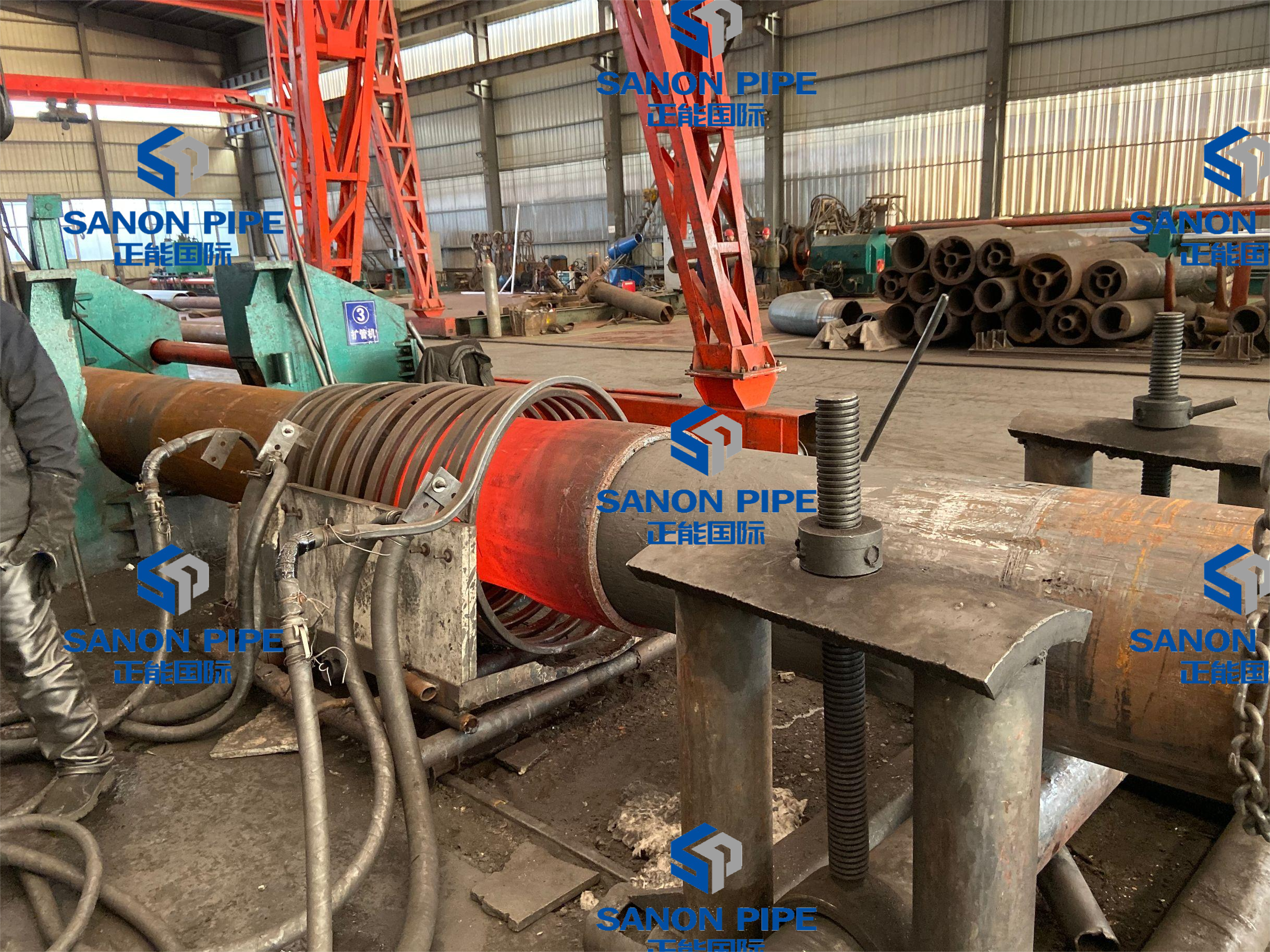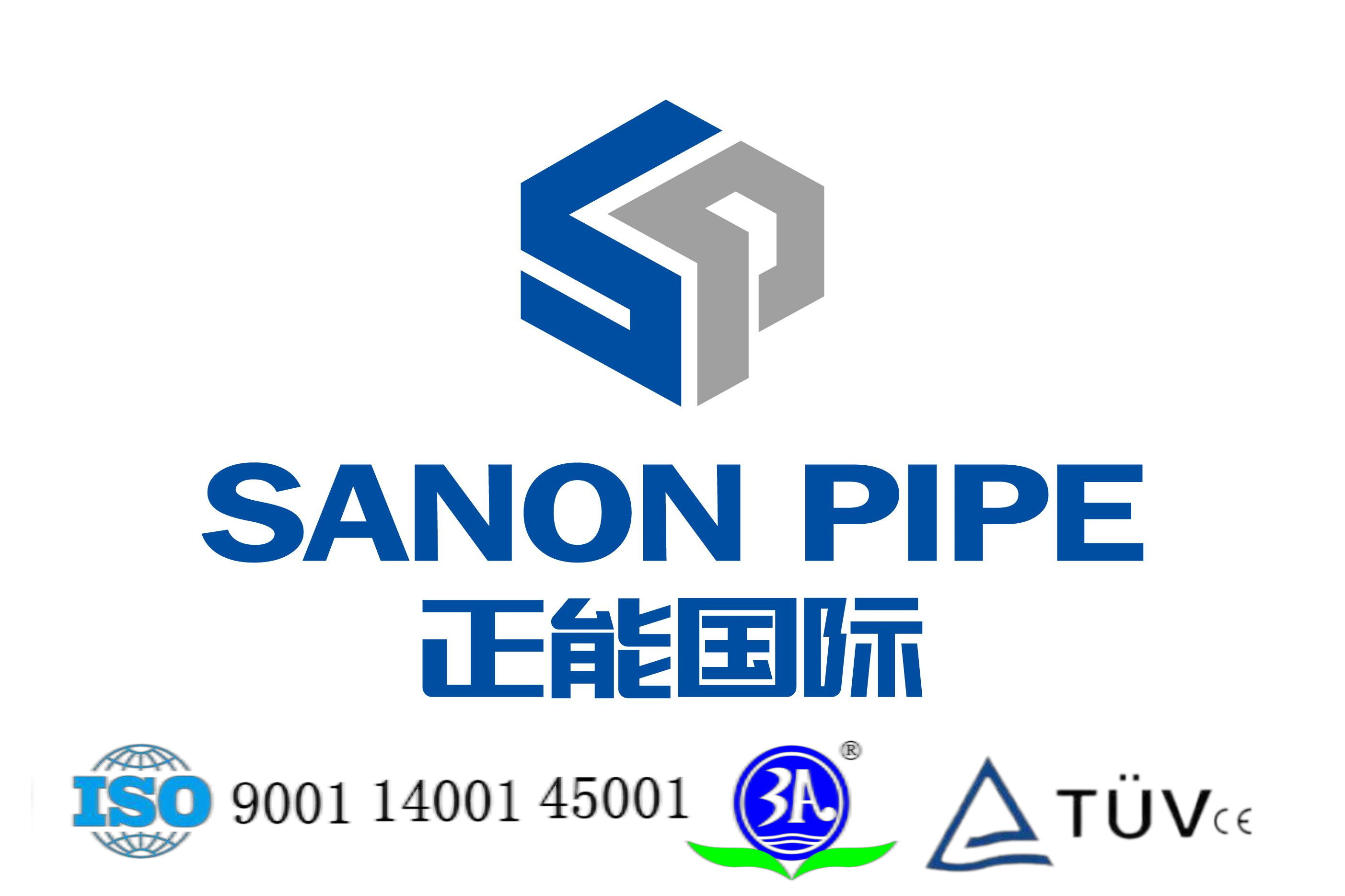Thermal expansion technology has been widely used in petroleum, chemical industry, electric power and other industries in recent years, with the most important application field being oil well pipes. Seamless steel pipes processed by thermal expansion technology have the advantages of dimensional stability, smooth surface, and no internal defects. In addition, thermal expansion is also used in internal diameter expansion, shell reduction, corner processing, etc. of seamless steel pipes, which improves production efficiency and processing accuracy.
Thermal expanded seamless steel pipe is a kind of seamless steel pipe manufactured through heating and diameter expansion process. Compared with cold drawn seamless steel pipes, thermally expanded seamless steel pipes have thinner wall thickness and larger outer diameter. The manufacturing process of thermally expanded seamless steel pipes includes multi-pass perforation, heating, diameter expansion, cooling and other steps. This manufacturing process can ensure that the inner and outer surfaces of the pipe are smooth and have good mechanical properties.
Thermal expansion of steel pipes is a commonly used steel pipe manufacturing process. Its production process can be divided into the following steps: material preparation, preheating, thermal expansion and cooling.
First, prepare materials. Commonly used raw materials are seamless and welded steel pipes commonly used in the oil and gas industry. These steel pipes need to undergo quality inspection before production to ensure qualified quality. The steel pipe is then cut and trimmed to ensure it is the correct size and length.
Next is the warm-up phase. Put the steel pipe into the preheating furnace and heat it to the appropriate temperature. The purpose of preheating is to reduce stress and deformation during subsequent thermal expansion and ensure the overall quality and performance of the steel pipe.
Then enter the thermal expansion stage. The preheated steel pipe is fed into the pipe expander, and the steel pipe is expanded radially by the force of the pipe expander. Pipe expanders usually use two tapered rollers, one stationary and the other rotating. The rotating rollers push the material on the inner wall of the steel pipe outward, thereby expanding the steel pipe.
During the thermal expansion process, the steel pipe is affected by the force and friction of the rollers, and the temperature will also increase. This can not only achieve the expansion of the steel pipe, but also improve the internal structure of the steel pipe and improve its mechanical properties. At the same time, due to the force exerted on the steel pipe during the thermal expansion process, part of the internal stress can also be eliminated and the deformation of the steel pipe can be reduced.
Finally, there is the cooling stage. After the thermal expansion is completed, the steel pipe needs to be cooled to return to room temperature. Usually, the steel pipe can be cooled using coolant, or the steel pipe can be allowed to cool naturally. The purpose of cooling is to further stabilize the structure of the steel pipe and prevent damage caused by too rapid temperature reduction.
To sum up, the production process of thermally expanded steel pipes includes four main steps: material preparation, preheating, thermal expansion and cooling. Through this process, thermally expanded steel pipes with higher quality and excellent performance can be produced.
As an efficient and high-quality pipe processing technology, the thermal expansion process of seamless steel pipes has been widely used in petroleum, chemical industry, electric power and other industries. In practical applications, it is necessary to pay attention to issues such as steel pipe quality, processing temperature and time, mold protection, etc., to ensure processing effects and product quality.
Common thermal expansion materials include: Q345, 10, 20, 35, 45, 16Mn, alloy structural steel, etc.

Post time: Feb-22-2024





